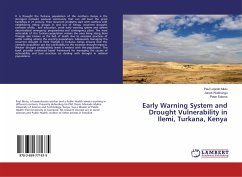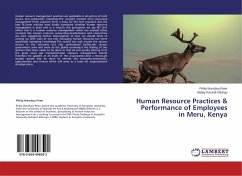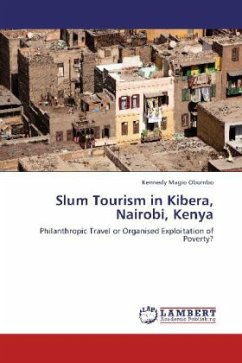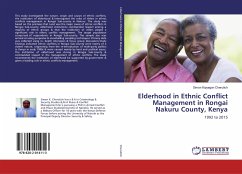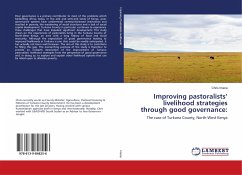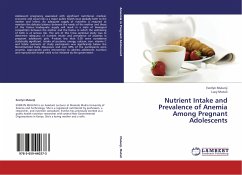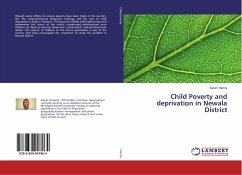It is thought the Turkana population of the northern Kenya is the strongest nomadic pastoral community that can still bear the great hardships in 21 century. Their recurrent problems start with conflicts with neighboring ethnic groups in and out of Kenya, recurrent drought, excessive aridity , low education, weak early warning system and absent decentralized emergency preparedness and contingency plans. The most vulnerable of this Turkana population remain the ones living along Ilemi Triangle also known as the belt of death due to excessive practices of cattle rustling among the warring populations. Adequately managing this recurrent drought in Ilemi Triangle in Turkana, Kenya ensures that the nomadic population get less vulnerability to the excessive drought impacts. Weaker drought predictability levels is evident with this population. This book provides evidenced based framework for managing the causes of vulnerability and best practices on dealing with drought in isolated populations.

